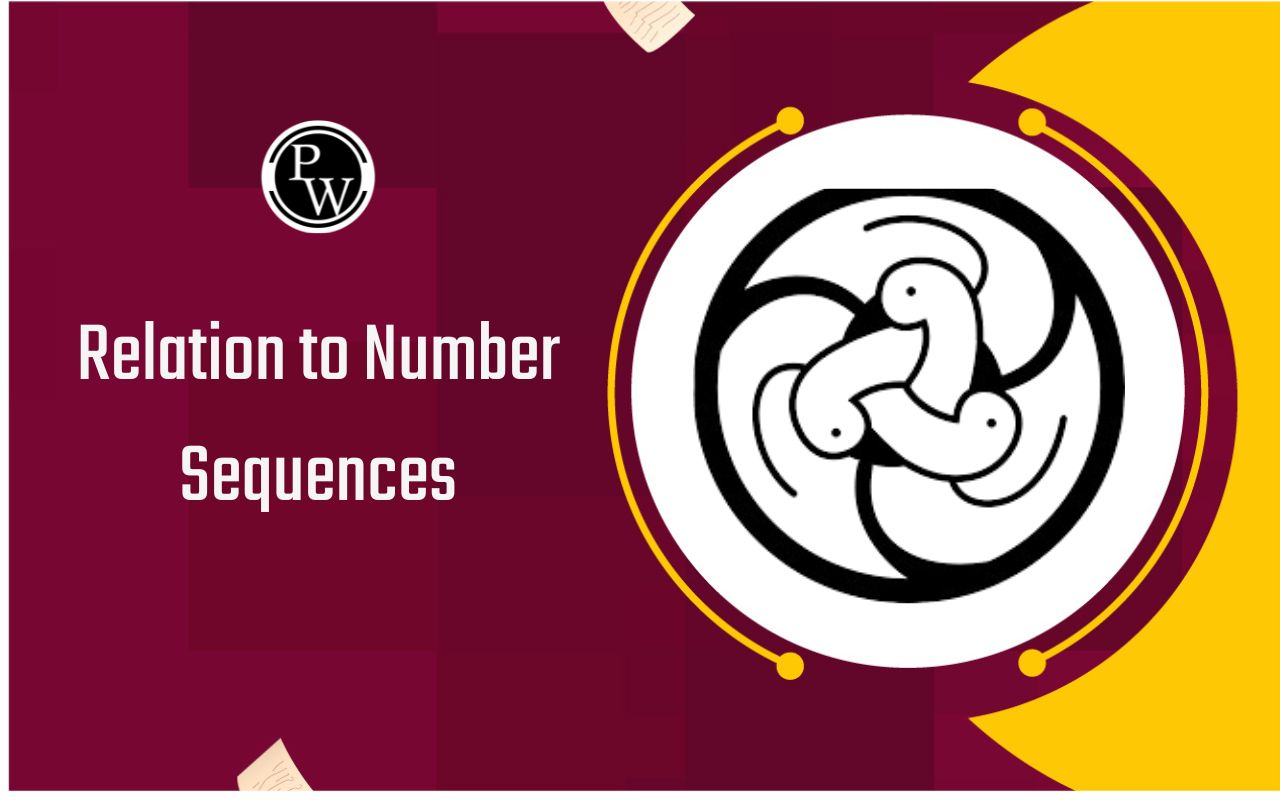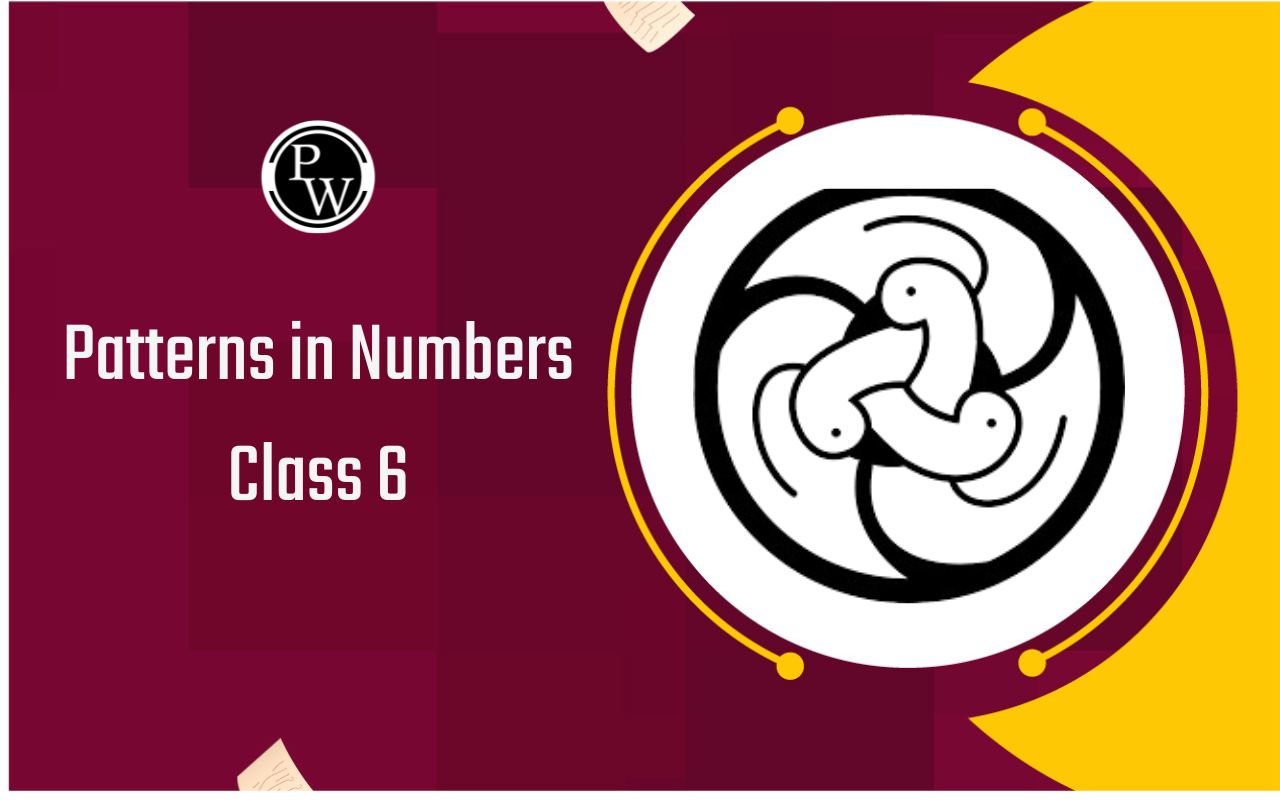
CBSE Class 6 Social Science History Notes: In Class 6 Social Science History students are introduced to the early stages of human civilization. The course covers topics such as the life of early humans, the development of agriculture and the rise of cities. It explains how humans evolved from hunters and gatherers to settlers who cultivated land and domesticated animals.
Students learn about ancient civilizations like the Indus Valley and early empires in India, understanding how trade, culture and governance shaped early societies. The emphasis is on understanding the past and how it has influenced the present.CBSE Class 6 Social Science History Notes Chapter Wise
Below are the chapter-wise notes for CBSE Class 6 Social Science History, designed to help students understand important concepts and topics in a simplified manner. These notes provide a concise summary of each chapter making it easier for learners to grasp historical events, figures, and ideas while preparing for exams or revising the syllabus.CBSE Class 6 Social Science History Notes Topic Wise Summary
CBSE Class 6 Social Science History Notes FAQs
Why are History Notes important for Class 6 students?
History notes help simplify the content, making it easier for students to understand and remember important historical events, timelines, and key figures. They are especially helpful for revision before exams and for grasping complex topics quickly.
How can these notes help in exam preparation?
The notes highlight the most important points from each chapter, such as key events, dates, and people. This focused content enables students to revise efficiently and ensures they cover all important information for the exams.
Are these notes enough for scoring well in exams?
Yes, CBSE Class 6 History notes provide a concise overview of each chapter, covering all the major topics. However, students should also refer to their textbooks for a deeper understanding and practice writing answers for better retention.
Can these notes be used for school projects or assignments?
Yes, students can use these notes to quickly gather relevant information for their school projects or assignments. The concise format helps them get important points without having to go through the entire textbook.
Do the notes cover all chapters from the Class 6 History syllabus?
Yes, CBSE Class 6 History notes typically cover all 11 chapters from the Our Pasts – I textbook, ensuring that students can revise the entire syllabus.
Talk to a counsellorHave doubts? Our support team will be happy to assist you!

Check out these Related Articles
Free Learning Resources
PW Books
Notes (Class 10-12)
PW Study Materials
Notes (Class 6-9)
Ncert Solutions
Govt Exams
Class 6th to 12th Online Courses
Govt Job Exams Courses
UPSC Coaching
Defence Exam Coaching
Gate Exam Coaching
Other Exams
Know about Physics Wallah
Physics Wallah is an Indian edtech platform that provides accessible & comprehensive learning experiences to students from Class 6th to postgraduate level. We also provide extensive NCERT solutions, sample paper, NEET, JEE Mains, BITSAT previous year papers & more such resources to students. Physics Wallah also caters to over 3.5 million registered students and over 78 lakh+ Youtube subscribers with 4.8 rating on its app.
We Stand Out because
We provide students with intensive courses with India’s qualified & experienced faculties & mentors. PW strives to make the learning experience comprehensive and accessible for students of all sections of society. We believe in empowering every single student who couldn't dream of a good career in engineering and medical field earlier.
Our Key Focus Areas
Physics Wallah's main focus is to make the learning experience as economical as possible for all students. With our affordable courses like Lakshya, Udaan and Arjuna and many others, we have been able to provide a platform for lakhs of aspirants. From providing Chemistry, Maths, Physics formula to giving e-books of eminent authors like RD Sharma, RS Aggarwal and Lakhmir Singh, PW focuses on every single student's need for preparation.
What Makes Us Different
Physics Wallah strives to develop a comprehensive pedagogical structure for students, where they get a state-of-the-art learning experience with study material and resources. Apart from catering students preparing for JEE Mains and NEET, PW also provides study material for each state board like Uttar Pradesh, Bihar, and others
Copyright © 2025 Physicswallah Limited All rights reserved.
Get App







